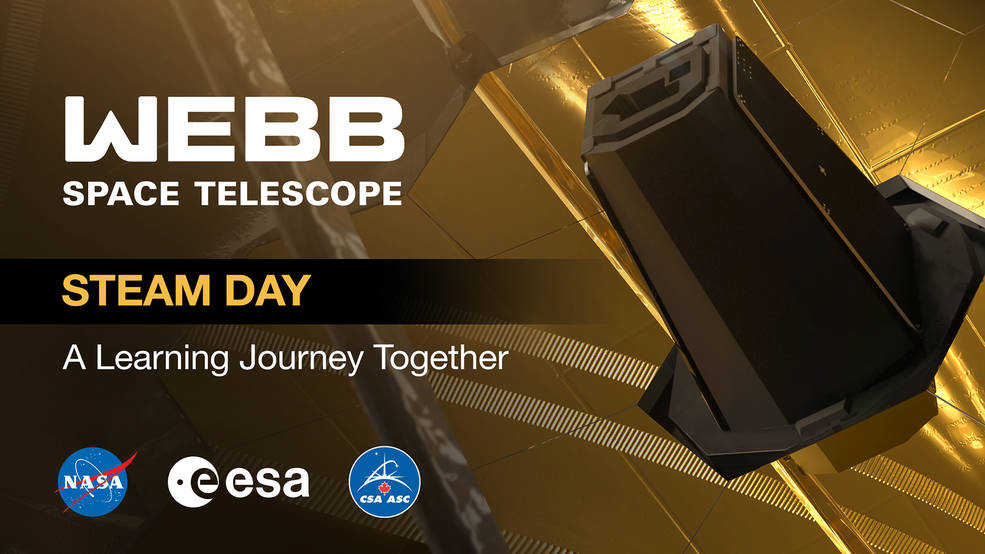Driver demand for connected cars grows as consumers call for better safety, smarter navigation and lower-cost insurance

Telefónica launches second Connected Car Industry report, exploring the attitudes of drivers towards car connectivity, with insight from industry experts
- Consumer awareness of Connected Car products and services around the globe is high and is now influencing purchasing decisions
- 80% of consumers expect the Connected Car of the future to provide the same connected experience they are used to at home, at work and on the move via their mobile phone
- Increased safety, early warning systems, smarter navigation and usage-based insurance are cited as the most popular benefits of connectivity in cars
17 July 2014, London – The term Connected Car has been a buzzword within the automotive industry for several years, but the big question is – are consumers ready? Research released today suggests they are. According to a study by Telefónica, there is sufficient global demand for connected car services, with more than 70 per cent of drivers surveyed saying that they are interested in using, or are already using, connected car services.
In fact, around half of consumers now consider connected features, such as inbuilt connectivity and the ability to plug in a smartphone, a key part of their next car purchase. Features such as increased safety, early warning systems and smarter navigation are cited as the most popular, with almost three-quarters (73%) of drivers listing safety and diagnostics features as the most important.
The findings have been unveiled as part of Telefónica’s Connected Car Industry Report 2014 featuring independent primary research and contributions from six of the world’s largest car manufacturers. The report builds on some of the topics covered in Telefónica’s inaugural Connected Car study from 2013 which predicted that that the number of vehicles with built-in connectivity will increase from 10 per cent of the overall market in 2013 to 90 per cent by 2020. This second report provides insight, from a driver’s perspective, into the car industry’s biggest transformation in over a century, detailing the opportunities, challenges and predicted trends for the sector.
Read the report in English, Spanish and German here: http://blog.digital.telefonica.com/tag/connected-cars/
Key trends identified by the report include:
- There is sufficient global demand for connected car services, with 71% of drivers surveyed saying that they are interested in using, or are already using, connected car services.
- 80% of consumers expect the connected car of the future to provide the same connected experience they are used to at home, at work and on the move via their mobile phone.
- Across all markets surveyed, there was clear consensus about the three features most in demand: increased safety, early warning systems and smarter navigation. Almost three-quarters (73%) of respondents chose safety and diagnostics features as the most important, giving a clear indication of the areas they would expect connected services to focus in the future. Usage-based insurance models are also very popular, with 54% of UK drivers choosing it one of the connected car features they would be most interested in.
- On average 35% of drivers expect not to own their own car by 2034, and instead predict they will be using alternative options such as car sharing services
- The dashboard is the favoured way for accessing connected services, particularly for safety, navigation and vehicle diagnostics, with more than 60% of respondents across all markets preferring to access features in this way.
- Drivers in different countries will prefer to pay for connected services in different ways. Most Spanish drivers would prefer a one-off payment (49%) while those in America, Germany and the UK would favour basic connectivity with the option to choose additional services. Brazilians are split between the latter and a full-on PAYG model, suggesting a degree of flexibility not seen in other countries.
Pavan Mathew, Global Head of Connected Car at Telefónica commented: “Through looking at the connected car from a driver’s perspective, it’s clear that the demand for connected services in cars is unquestionable. Even though we’re just moving off of the starting line, people are ready for it and know what they want. But challenges to widespread roll-out remain.
“Many consumers currently think of connected car services in terms infotainment and WiFi, but this changes when they are made aware of the variety of options that the technology can offer. Safety and diagnostics appear to be the most attractive features to drivers, illustrating just how important factors such as road safety and vehicle maintenance are in consumer purchasing decisions.
“We can expect to see a gradual creep of connectivity into vehicles over the next few years but there won’t be an explosion over the next 12 months,” said Mathew. “The reason for this lies in the complexity of the challenges that connectivity is trying to address.
“While OEMs still have a way to go before they break out of their traditional role as a manufacturer and become a full, connected service provider, they certainly have a strong, trusted base to build from.”
Earlier this year Telefónica announced an agreement with Tesla, the world’s leading electric vehicle (EV) manufacturer, to provide connectivity for the Tesla Model S in Europe.
Industry quotes
Telefónica’s report includes quotes and insight from seven industry experts, including the following:
“Autonomy obviously has implications for car ownership, and as a 110-year-old company we’re obviously taking our heritage extremely seriously as we look forward to the next 100 years. But over the next decade I think we’ll see autonomy overshadowed slightly by the use of smart materials in vehicles. Things like materials that deflect water, refract light or change colour. And then beyond that I think we’ll start to see some very cool stuff around nano electro-mechanical materials where you could start doing things with self-forming circuitry and self-morphing materials. These advances start to change our perceptions of how form and substance are influenced by the environment, overhauling what we understand about the current dimension of physicality.”John Ellis, Global Technologist and Head of the Ford Developer Program, Ford Motor Company
“We are seeing a drive from consumers to actually have the same level of connectivity in the car that they would have whilst walking down the street, whilst sat in their front room, whilst sat on public transport. So just because they are spending two, three hours a day in a car, they don’t want to be disconnected from their normal life.” Ian Digman, General Manager, Nissan
“I see a huge expansion beyond legacy telematics such as vehicle health reports, safety and security, crash notifications into active safety and automated driving aspects. I also think vehicle-to-vehicle communication is going to grow very quickly in the next five years. The beauty of that technology is that the communication protocol can be used for a host of other services beyond vehicle communication, so it benefits the wider infrastructure too.” Henry Bzeih, Chief Technology Strategist, Kia Motors
“For us it comes down to the things that make the car a better vehicle. When we talk to customers about connectivity they say well it’s a car and so what I need it to do are the things I bought a car for. They want it to be safer, more intelligent and more economical. Connectivity is a chance for OEMs to look at how we can help to reduce costs for customers and make cost of ownership lower by giving advice on how to drive more fuel efficiently, or helping you find the lowest cost source of fuel or the most efficient route. Can I, by providing data for things like usage based insurance or pay as you drive insurance, can I save you money on insurance?” Greg Ross, Director of Product Strategy and Infotainment, GM




